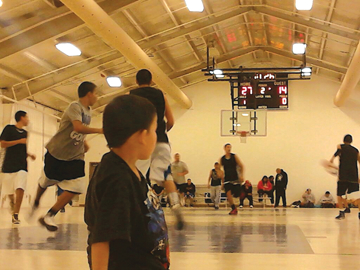April 8, 2014 wallowa.com
LACEY JARRELL H&N Staff Reporter Northwest News Partnership
Members of the Klamath Tribes have expressed frustration with the lack of time to review a proposed water settlement as the deadline for a vote nears.
“My vote is no, and I’m not shy about it,” Klamath Tribes member Rowena Jackson told the Herald and News.
The Klamath Tribes and Upper Basin irrigators have been working for more than eight months to develop a pact balancing the needs of upper Basin water stakeholders and the Tribes.
A 95-page settlement, the Proposed Upper Klamath Basin Comprehensive Agreement, was released March 5.
Klamath Tribes leaders then held four informational meetings across the state the third weekend in March. Klamath Tribes approval requires the majority of members to vote in favor of the agreement. Mail ballots are due by 9 a.m. Wednesday.
Klamath Tribes Chairman Don Gentry said Tribal leadership knew the deadline would be difficult to meet.
“We’ve done our best to get information out at additional meetings. I certainly understand the difficulty in getting through the long settlement agreement,” he said.
According to the agreement, 30,000 acre-feet of water must be permanently retired by Upper Basin landowners. The water will provide increased flows in Upper Basin tributaries. If conditions of the water program and an additional riparian management program are met, the Klamath Tribes agree to guarantee water to irrigators at levels based on instream flows specified in the agreement.
“Members have no understanding of what they are asking to give up,” Coleen Crume, a Modoc member of the Klamath Tribes, said.
Ecological considerations
The water retirement and riparian management portions of the agreement are intended to help restore and sustain fisheries in Upper Klamath Lake tributaries. As part of the agreement, the Klamath Tribes will receive a
$40 million economic development package, including $1 million a year for five years from the Department of Interior to address tribal transition needs beginning this year. The development package could help the Tribes acquire the 92,000-acre Mazama Forest and fund a timber mill and related industries.
Kayla Godowa pointed out members have had less than a month to review the settlement and supporting documents. Godowa, a member of the Confederated Tribes of Warm Springs, attended an informational meeting in Eugene, with her mother and other family who are Klamath Tribes members.
Gentry said in addition to the meetings, members of the Tribal Council have responded to questions and concerns by email and on the Tribes’ website and Facebook page. A summary about what a “yes” or a “no” vote means was included in the ballot.
“Information has been available for those who want to contact us,” he said.
Godowa does not believe Tribal leadership has had enough input from Tribal members or that leadership has been transparent throughout the settlement process. She wanted to see more direct input and direct representation of members in the proposed agreement.
“I feel like it’s a weak negotiation,” she said.
Gentry explained the process was expedited because the proposed agreement builds on conditions agreed upon in the Klamath Basin Restoration Agreement, which was settled in 2010.
Specifically, he said, the current proposed agreement’s framework was approved by a Tribal member vote as the Off-Project Water Settlement, also known as Section 16 in the KBRA agreement.
“Though the name has changed, that’s basically what it is,” he said.
Gentry said Tribal members voted to approve the KBRA in 2010 and then voted in favor of proposed amendments to the agreement in 2012. Despite support for the KBRA, many stakeholder groups were not included in the settlement. Gentry said to move forward the settlement needed to be supported by the local agriculture community, who are partners in the new proposed agreement.
“This basically brings to the table many who were most actively opposed to the initial KBRA agreement,” Gentry said.
Crume, who attended a Tribal meeting in Klamath Falls, said the agreement doesn’t address the value water has to the Tribes.
“Water is the most precious commodity on Earth. Why would we give up water for a paltry few trees?” she said.
Gentry said if managed sustainably, lodgepole pine harvests from the Mazama Forest could bring as much as $1.5 million per year to the Klamath Tribes. Actively managed lodgepole pine stands are more likely to resist disease and infestations, he added.
Jackson said the $40 million economic package is a short-term solution to supporting Klamath Tribes programs.
“It’s not a fair deal — $40 million isn’t going to last,” Jackson said.
According to Gentry, the economic package isn’t intended to support existing programs. He called the economic package an “infusion of capital” that would allow the Tribes to move forward with economic development, including developing a mill in the Mazama Forest. The mill could create revenue for years by milling, chipping and producing wood pellets, he said.
© 2014 Wallowa County Chieftain. All rights reserved. This material may not be published, broadcast, rewritten or redistributed.
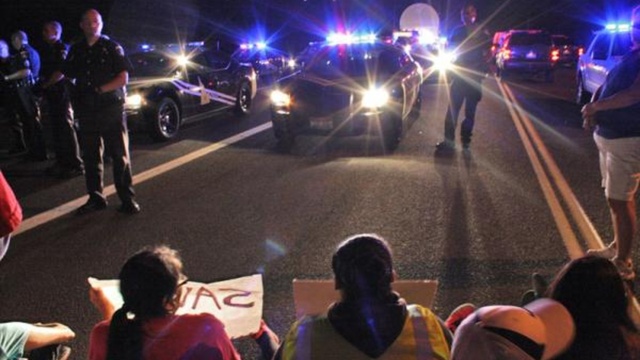



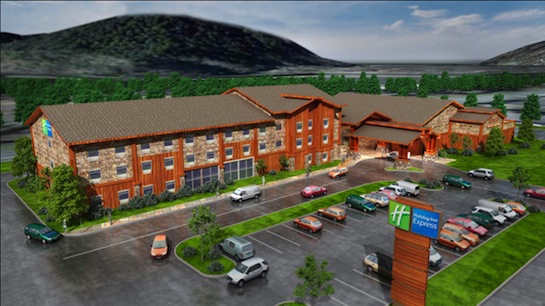

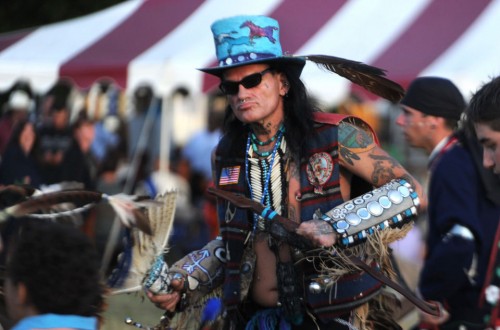
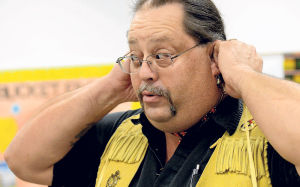

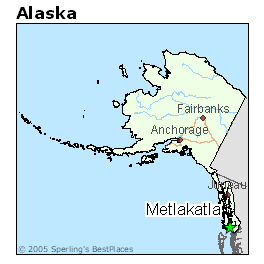 autonomy, the commission wasn’t seeking reservation status for Alaska’s 229 federally recognized tribes, only one of which is on a reservation — Metlakatla.
autonomy, the commission wasn’t seeking reservation status for Alaska’s 229 federally recognized tribes, only one of which is on a reservation — Metlakatla.


